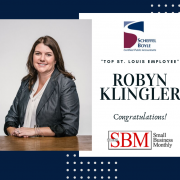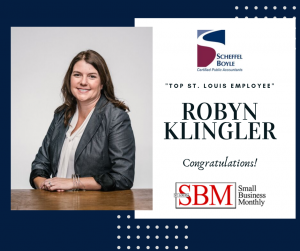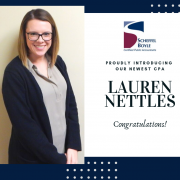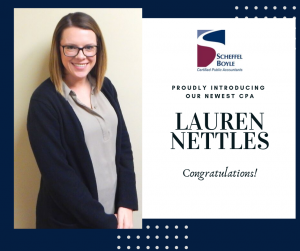Illinois’ Tax Amnesty Programs Run From October 1 to November 15, 2019
Illinois has enacted two tax amnesty laws – one covering taxes administered by the Illinois Department of Revenue, and the other covering franchise taxes and license fees administered by the Illinois Secretary of State. These acts provide taxpayers the opportunity to pay outstanding tax liabilities and receive penalty AND interest forgiveness on taxes paid in full during the amnesty period.
Taxpayers may participate in the programs any time between October 1, 2019, and November 15, 2019.
Illinois Department of Revenue – Tax Types and Periods
The program covers taxes due from periods ending after June 30, 2011, and prior to July 1, 2018. The tax amnesty program applies to most taxes collected by the Illinois Department of Revenue such as:
- State income tax (individual, corporate, and partnership)
- Sales and use tax
- Real estate transfer tax
- Payroll withholding
- Excise and utility taxes (telecom, hotel, liquor, utility, etc.)
To report a tax (or additional tax) liability, you’ll need to file an original or amended tax return and make full payment of the tax during the amnesty period. If the tax due has been referred to a private collection agency, payment must be made to the private collection agency.
Illinois Secretary of State – Tax Types and Periods
The program covers franchise taxes and license fee liabilities for any tax period ending after March 15, 2008, and on or before June 30, 2019. Eligible tax liabilities include:
- Unreported increases to paid-in capital
- Initial and annual franchise taxes
Participants eligible for the franchise tax amnesty program include Illinois corporations, foreign (e.g., Delaware) corporations authorized to transact business in Illinois, and all foreign corporations that have been transacting business in Illinois without authority. To participate, you’ll need to file a one-page amnesty petition that sets forth all the documents filed under the amnesty program and make full payment of the tax during the amnesty period.
If you have questions about whether you qualify for these programs, please contact your local Scheffel Boyle office.













